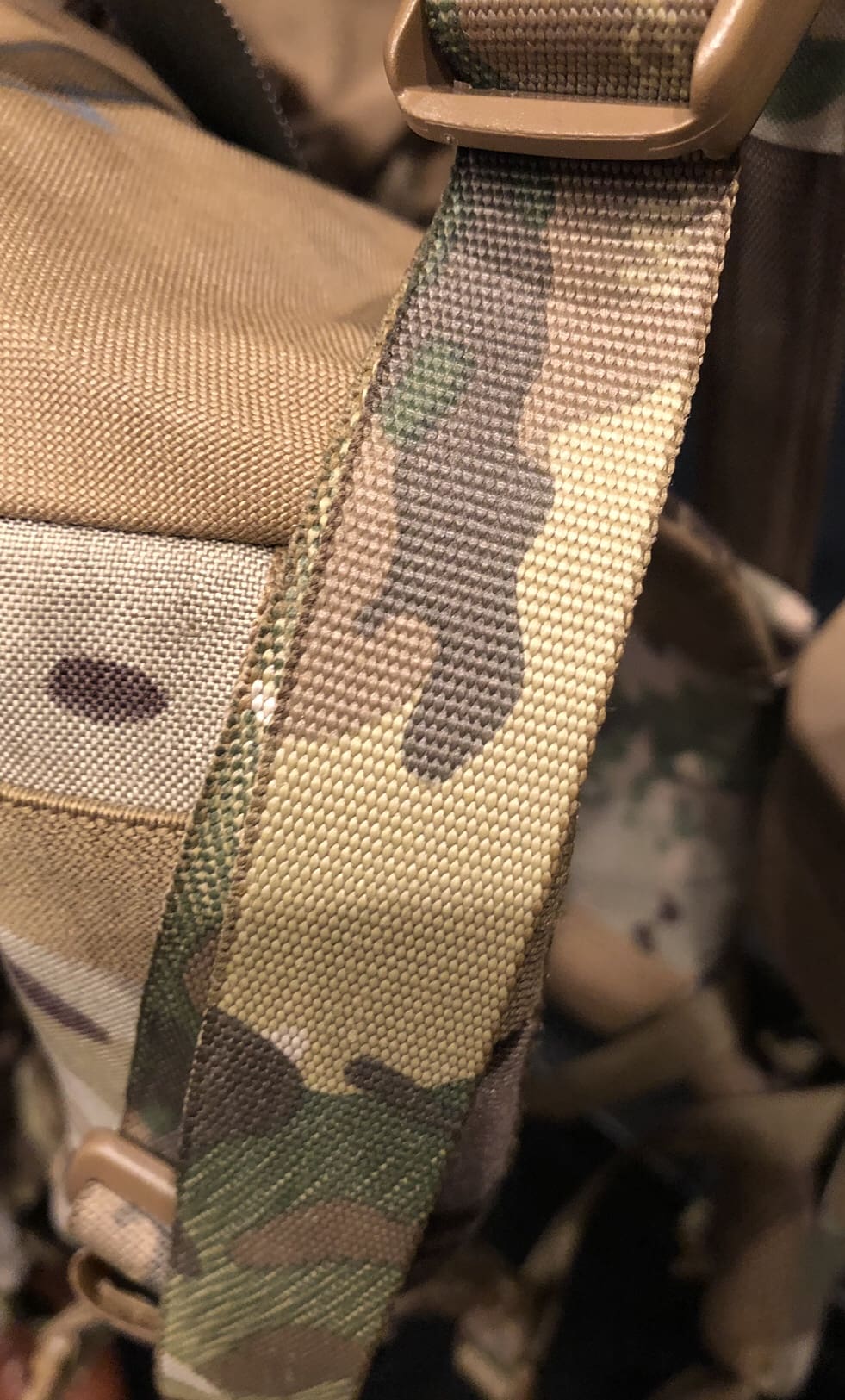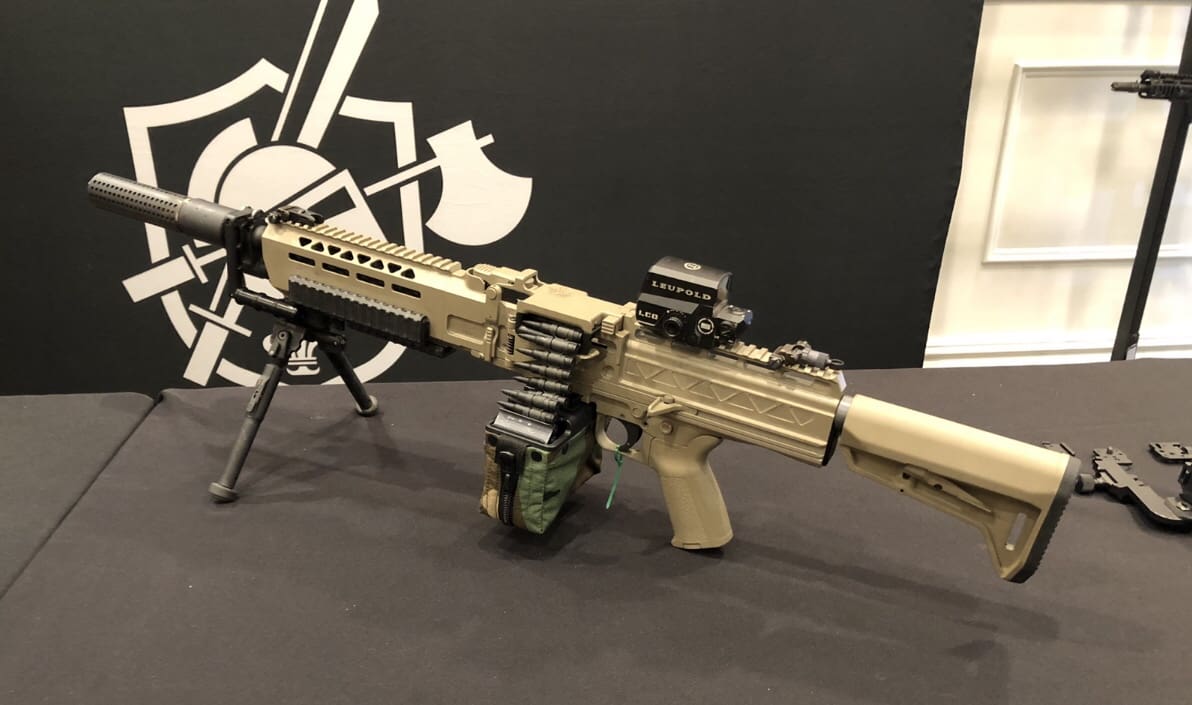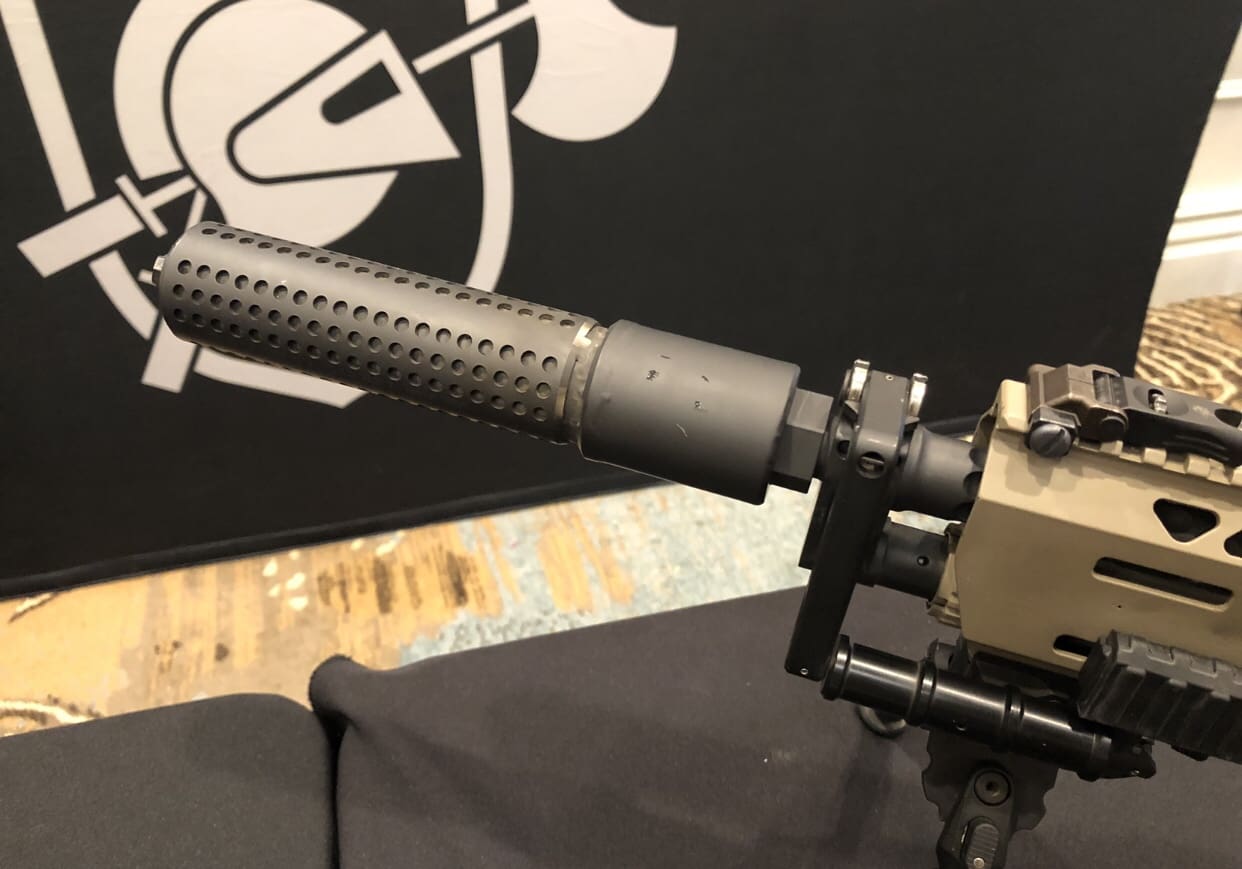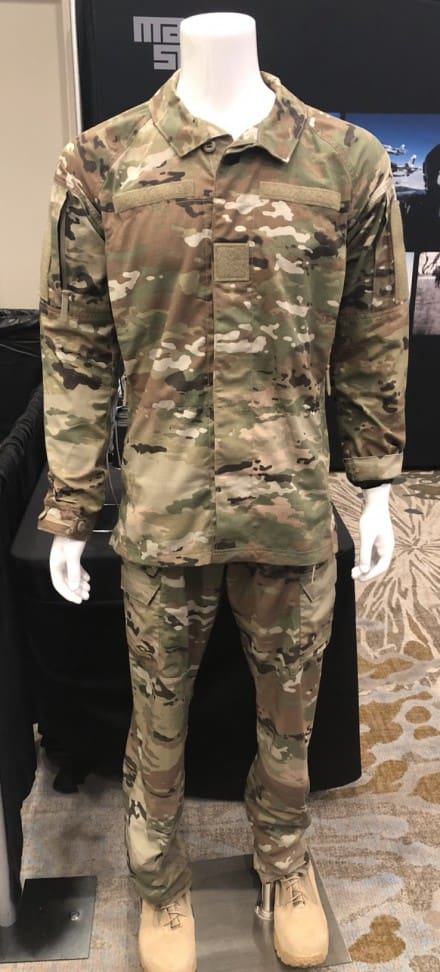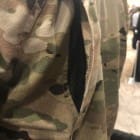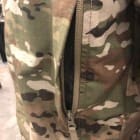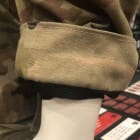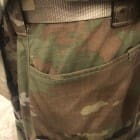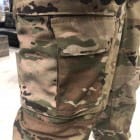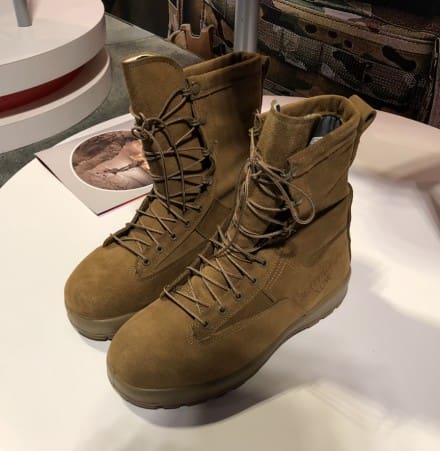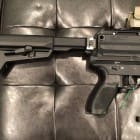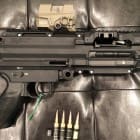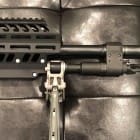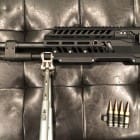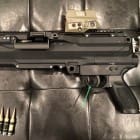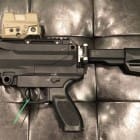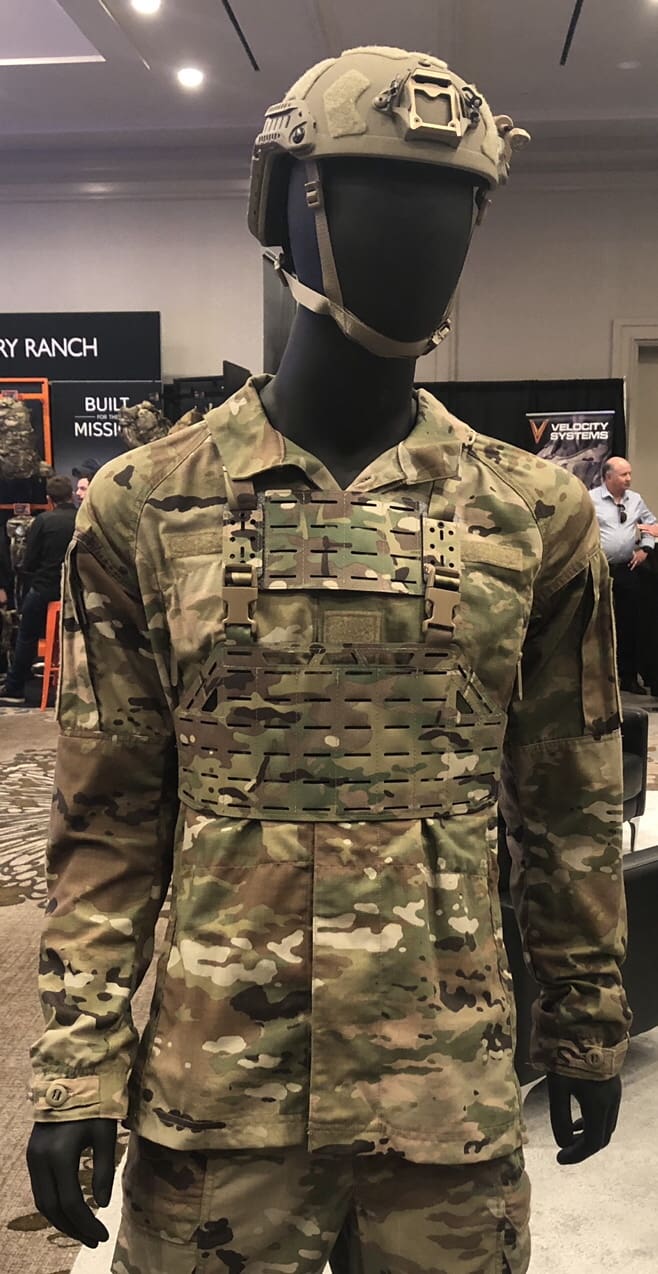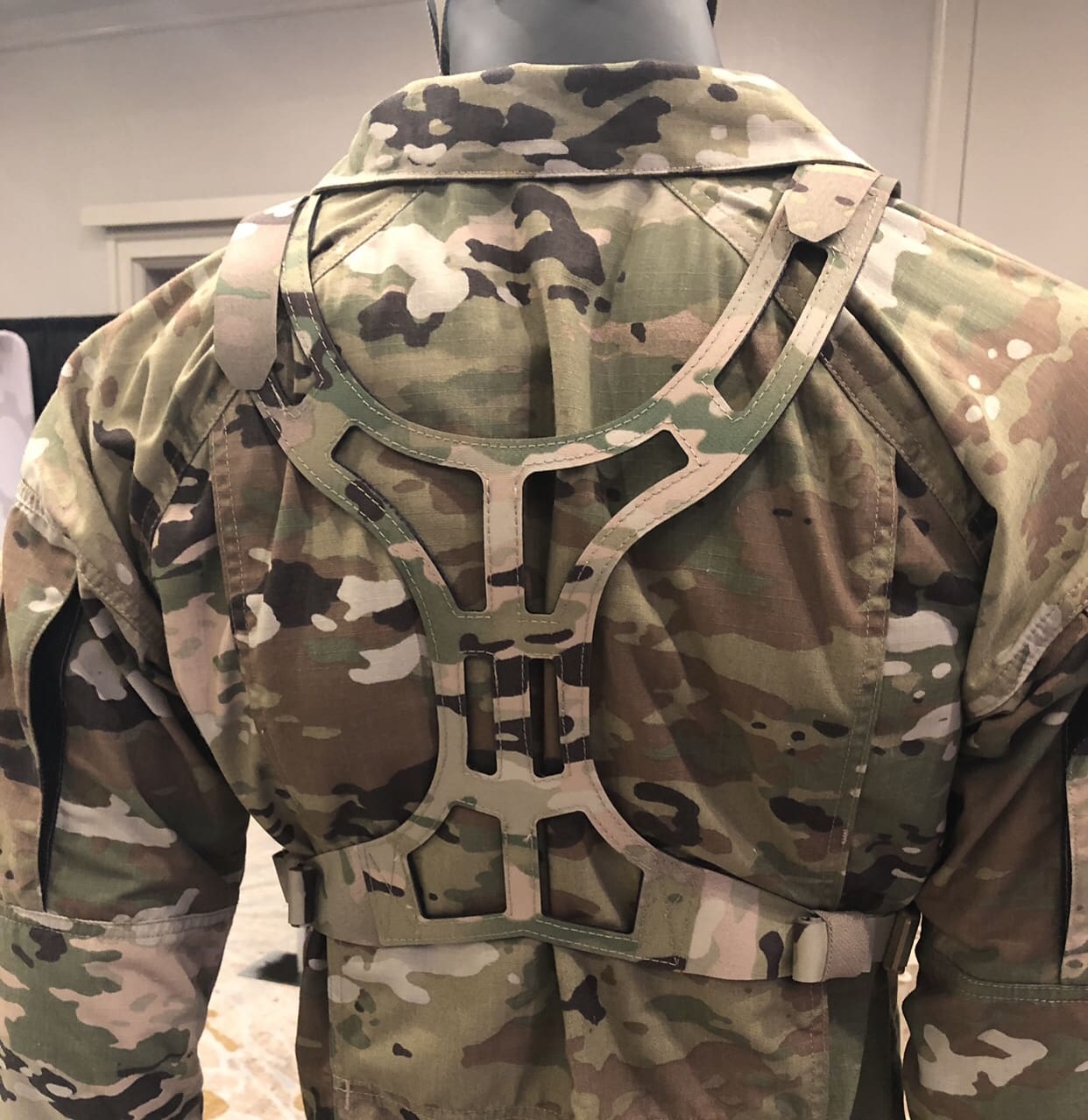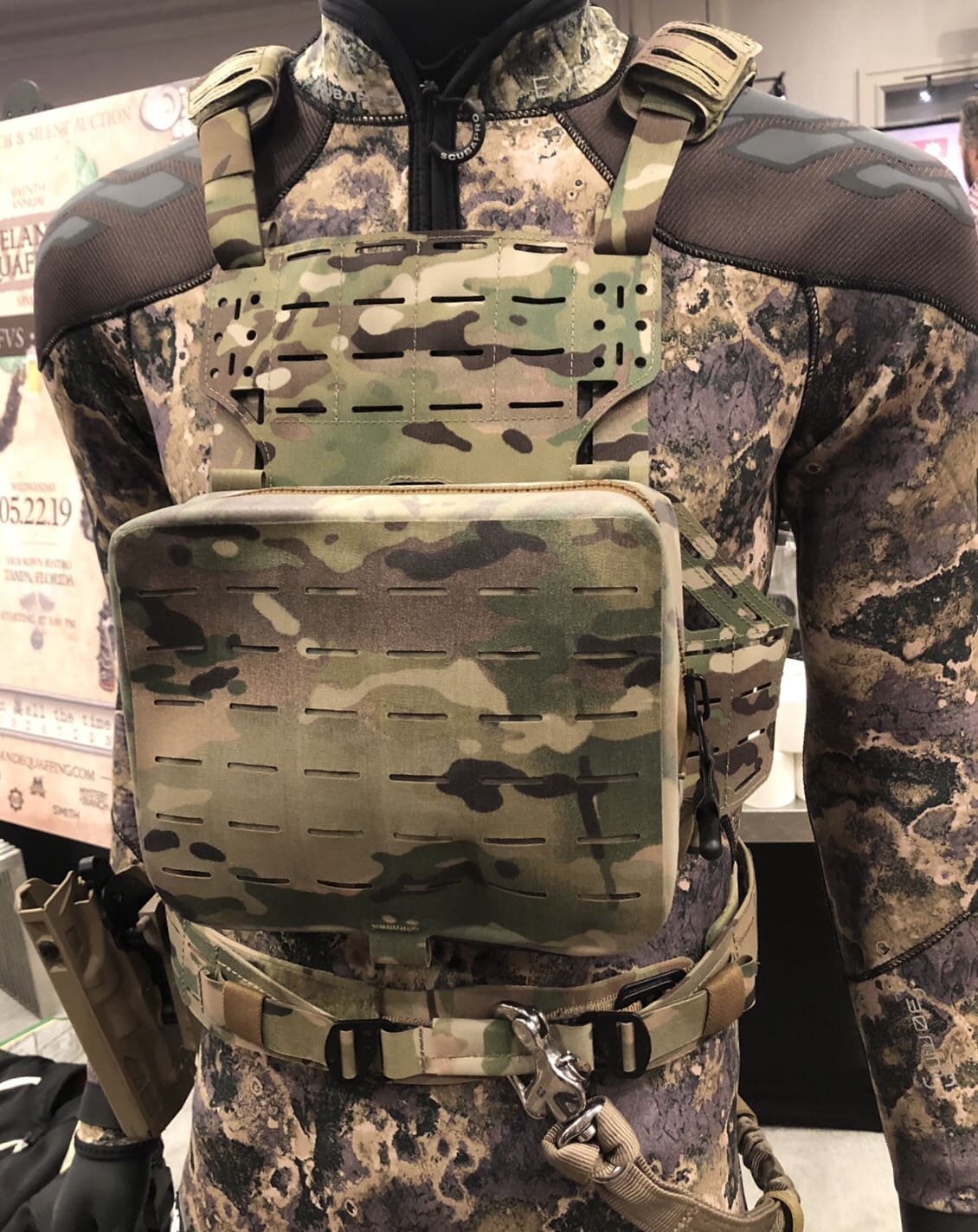In a surprising move, SIG exhibited their final prototype candidates for the US Army Next Generation Squad Weapon program which seeks to replace the M4 Carbine and M249 Squad Automatics Weapon with a new family of 6.8mm* Weapons which are lighter, yet feature a longer range and more lethal ammunition capable of defeating sophisticated threat body armor.
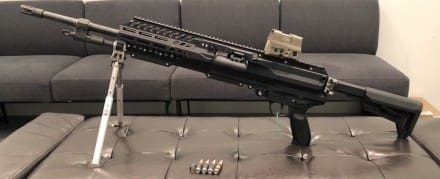
There are currently two Army efforts underway simultaneously. Both are leveraging an alternative form of procurement referred to as Other Transactional Authority, where Prototype Opportunity Notices are issued to industry and multiple candidate technologies are quickly developed and assessed. The initial round of the multi-phased, first PON to produce a Next Generation Squad Automatic Rifle to replace the SAW comes to a close soon. It includes a requirement for a 20% reduction in weight over legacy brass cased ammunition, but in 6.8mm.
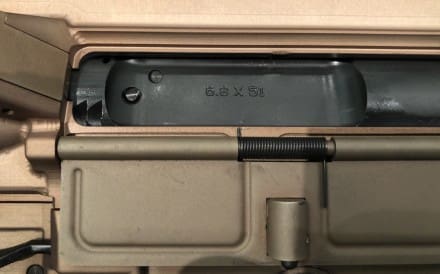
There are currently five companies, delivering six candidate weapons to the Army:
W15QKN-18-9-1017 – AAI Corporation Textron Systems
W15QKN-18-9-1018 – FN America LLC. (Design 1)
W15QKN-18-9-1019 – FN America LLC. (Design 2)
W15QKN-18-9-1020 – General Dynamics-OTS Inc.
W15QKN-18-9-1021 – PCP Tactical, LLC W15QKN-18-9-1022 – Sig Sauer Inc.
Senior Army leaders are expected to fire the weapons next month at Fort Benning in addition to a formal evaluation to determine which candidates move to the next phase.
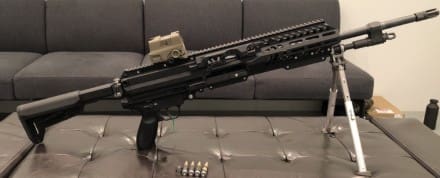
A second, more ambitious PON for Squad Weapons is just beginning with a requirement for both SAW and Carbine replacement as well as ammunition. SIG informed us they plan to submit the same belt-fed Machine Gun along with their new, fully developed Carbine.
It’s important to note that although the program calls for replacement of the current 5.56mm NATO M4 and M249 in the Rifle Squad of Brigade Combat Teams, this is a .30 class weapon. If everything goes as planned, the Soldier will have an improvement over not only their 5.56mm weapons, but the 7.62mm NATO ones as well such as the M240 Machine Gun.
Previously, SIG had shown their 338 Norma Mag SIG Light Machine Gun at both AUSA and SHOT Show as well as a 6.8mm Carbine Concept called MCX Medium Range, during AUSA. Their Next Generation Machine Gun candidate is very much a smaller version of their SL LMG.
These latest revelations show a much more mature design.
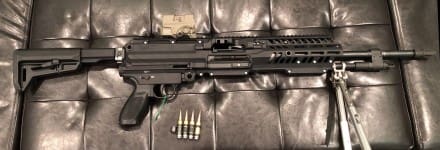
The Machine Gun weighs in at 11.97 lbs, while the Carbine is 8.1 lbs with no Optic or Suppressor.
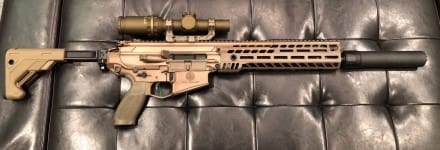
One of the concerns of the more to the 6.8mm cartridge is recoil impulse. Like with their 338 NM-class weapon, SIG has incorporated a recoil mitigation technology into the Next Gen belt-fed. This brings the recoil in at 2.8 lbs while an M240 in 7.62mm has a Recoil impulse of 13.1 lbs. Considering they are seeing a muzzle velocity of over 3000 FPS for a 16″ barrel, this is impressive. The Carbine on the other hand is delivering 2850 FPS with a 13″ barrel.
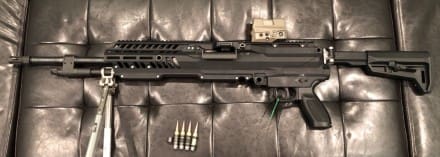
As you can see, the optic isn’t mounted to the feed tray cover. Additionally, the weapon can be set up for left or right feed and loading is as simple as inserting the belt into the cover.

The Carbine boasts an interesting feature. It incorporates both a side folding non-reciprocating charging handle and an AR-style charging handle above the boat carrier group.
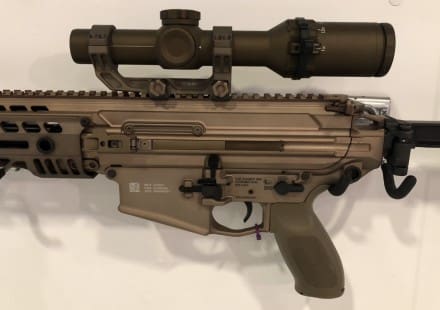
This is so the weapon can be charged or immediate action drills implemented without the shooter moving his head from behind the weapon.
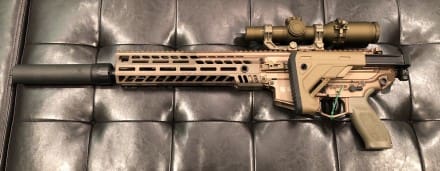
The side charger is also not operational when the collapsible folding stock is in the stowed position. Obviously, the side charging handle is not ambidextrous, but the other controls are.
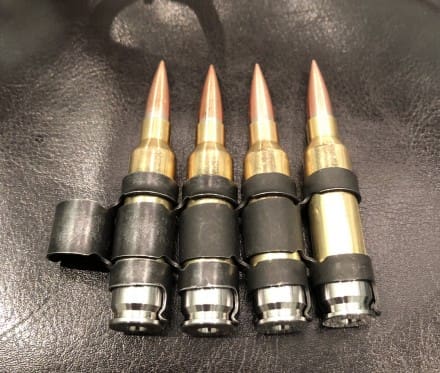
As part of the program, SIG has also introduced a new three piece construction hybrid ammunition. It features a Brass case, Steel base and an internal clip to connect the two.

So far, they have manufactured 40,000 of their 6.8 x 51 cartridge at their plant in Arkansas and are working on an additional 60,000. Due to its construction, the hybrid ammo offers increased velocities over standard ammunition in the same caliber and can be used in all current weapon systems, unlike some next generation ammunition proposals.
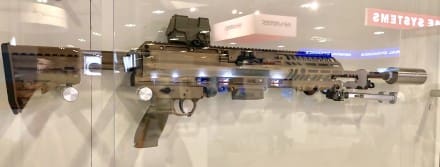
As the final Army requirement begins to coalesce, expect to see a Designated Marksman Rifle variant of the Next Generation Carbine as well. This, combined with the increase of performance of 6.8mm over 7.62mm signals the eventual end of 7.62mm weapons in the close combat formations of the BCT along with 5.56mm.
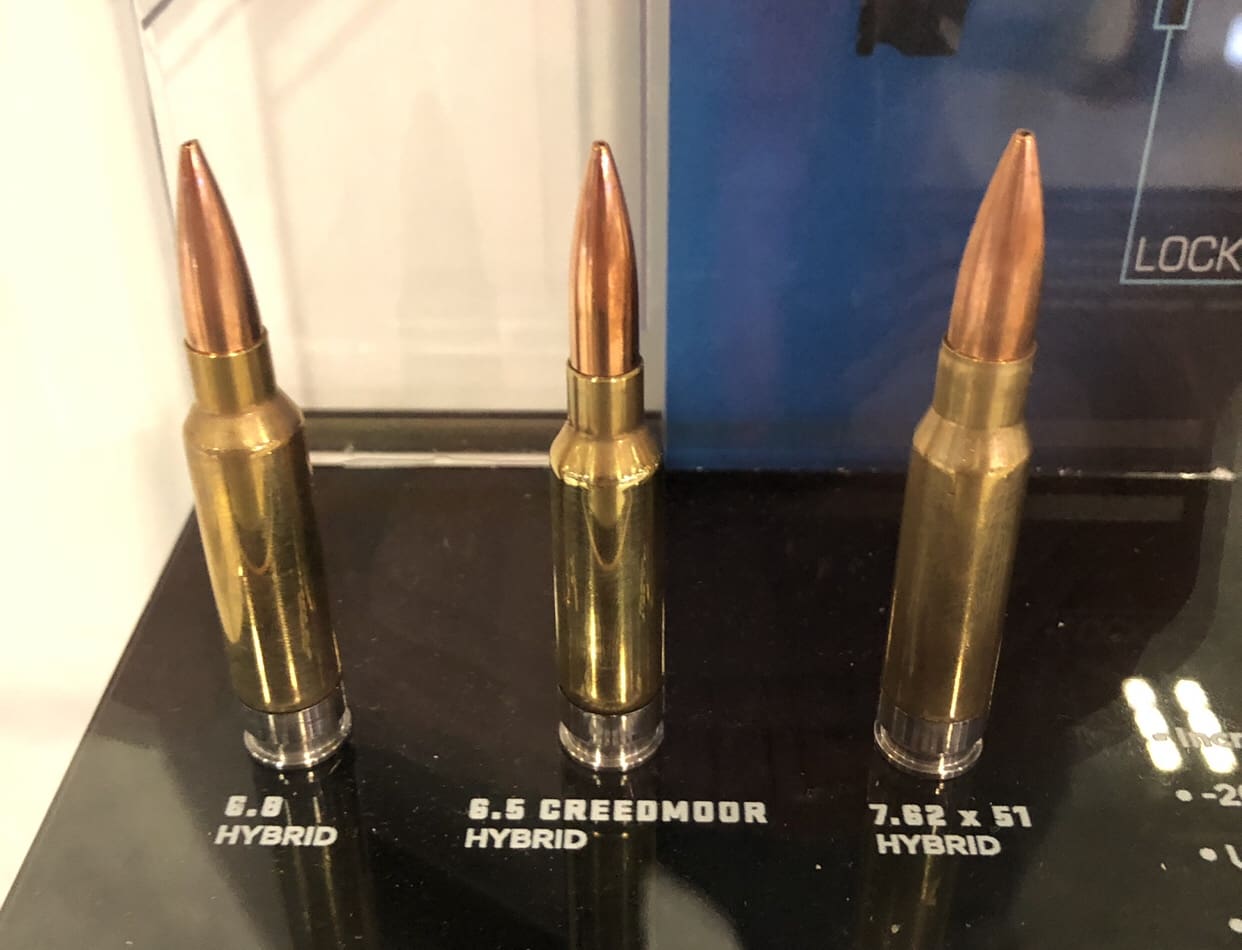
*Editor’s note: This new cartridge is not the 6.8 SPC looked at by USSOCOM a decade ago, but rather something completely new, with performance close to .270 win short mag.






